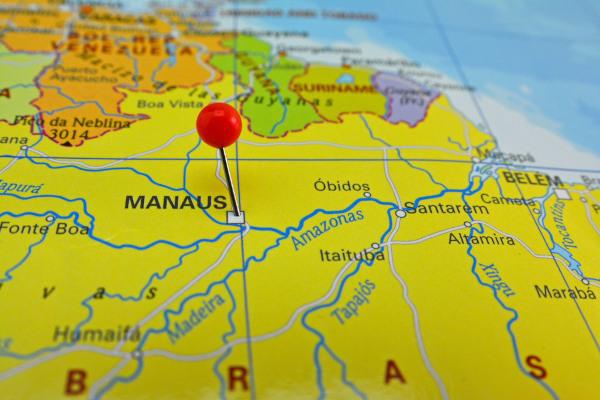The State of São Paulo is located in the Southeast Region of Brazil, this is the main component of the federation for housing the main financial, industrial and information dissemination centers and researches.
In its territorial area of 248,196.960 km2 there are several types of natural components responsible for composing the landscape, among which the most prominent are: relief, climate, vegetation and hydrography.
Relief
The State's territory is composed of three relief units, coastal plain, plateaus and depressions. The first presents itself in a narrow coastal strip, in which the Serra do Mar, Paranapiacaba and Itatins and the hills and the Vale Ribeira meet.
The second extends from the southern part of the State of São Paulo to the northeast region, close to the territory of Minas Gerais.
The third ranges from the Atlantic plateau to the west of the state, where the Middle Tiête, Paranapanema and Mogi-Guaçu valleys are located. The surface of the territory has altitudes that can vary from 300 to 900 meters in 85% of the state area. The highest point in the state is Pedra da Mina, located in Serra da Mantiqueira with 2,770 meters of altitude.
Climate
In the State of São Paulo, the prevailing climate is the Atlantic tropical, in areas close to the coast, and tropical altitude, which prevails in the interior, in places with high altitudes the average annual temperature is 20° at 22°C.
Do not stop now... There's more after the advertising ;)
During the year, two distinct seasons are composed of a dry and a rainy season, except in the coastal strip where the dry periods are restricted. Despite the tropical climate, there are frosts in the winter months, especially at altitudes above 1,200 meters.
Vegetation
The State of São Paulo has basically three different types of vegetation cover in its territory, the coast is represented by the mangrove, in addition to the Atlantic Forest in Serra do Mar and in other parts of the territory, forests predominate tropical.
The vegetation of São Paulo is quite varied, showing in a synthesized way different natural domains existing in Brazil. Therefore, it is possible to verify that in the center and west of the State there are cerrados, dirty fields and cerrados, in short, there are traces of tropical and subtropical forests.
Hydrography
The Paraná Hydrographic Basin covers the State of São Paulo. The rivers of São Paulo are extremely important for waterway transport and also for generating electricity.
In waterway transport there is the Tiête-Paraná waterway, which is 2,400 km long, 800 km of which are located in the State of São Paulo.
Main rivers in the State: Tiête, Paraná, Paranapanema, Grande, Turvo, do Peixe, Paraíba do Sul, Piracicaba, Pardo, Mogi-Guaçu, Jacaré-Pepira and Jacaré-Guaçu.
Eduardo de Freitas
Graduated in Geography
Would you like to reference this text in a school or academic work? Look:
FRANCISCO, Wagner de Cerqueira e. "Natural aspects of the State of São Paulo"; Brazil School. Available in: https://brasilescola.uol.com.br/brasil/aspectos-naturais-estado-sao-paulo.htm. Accessed on June 27, 2021.

